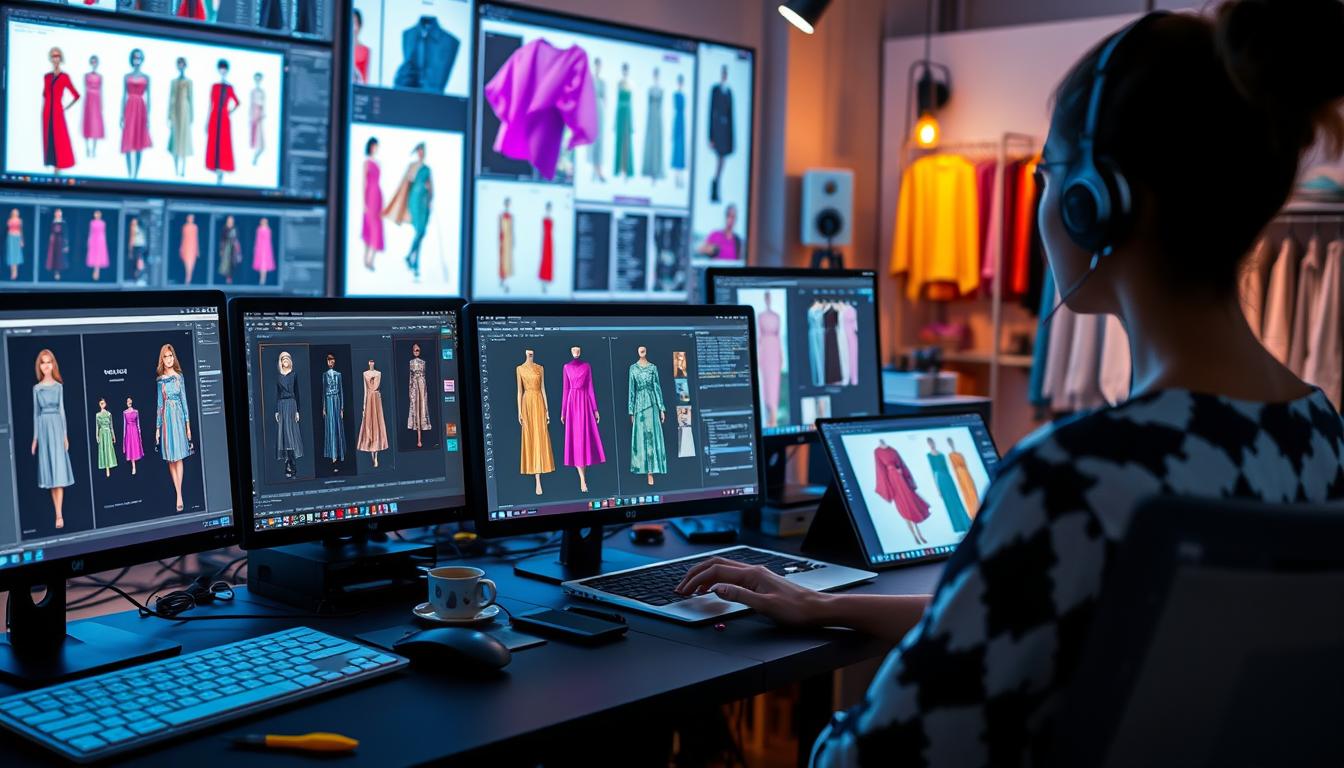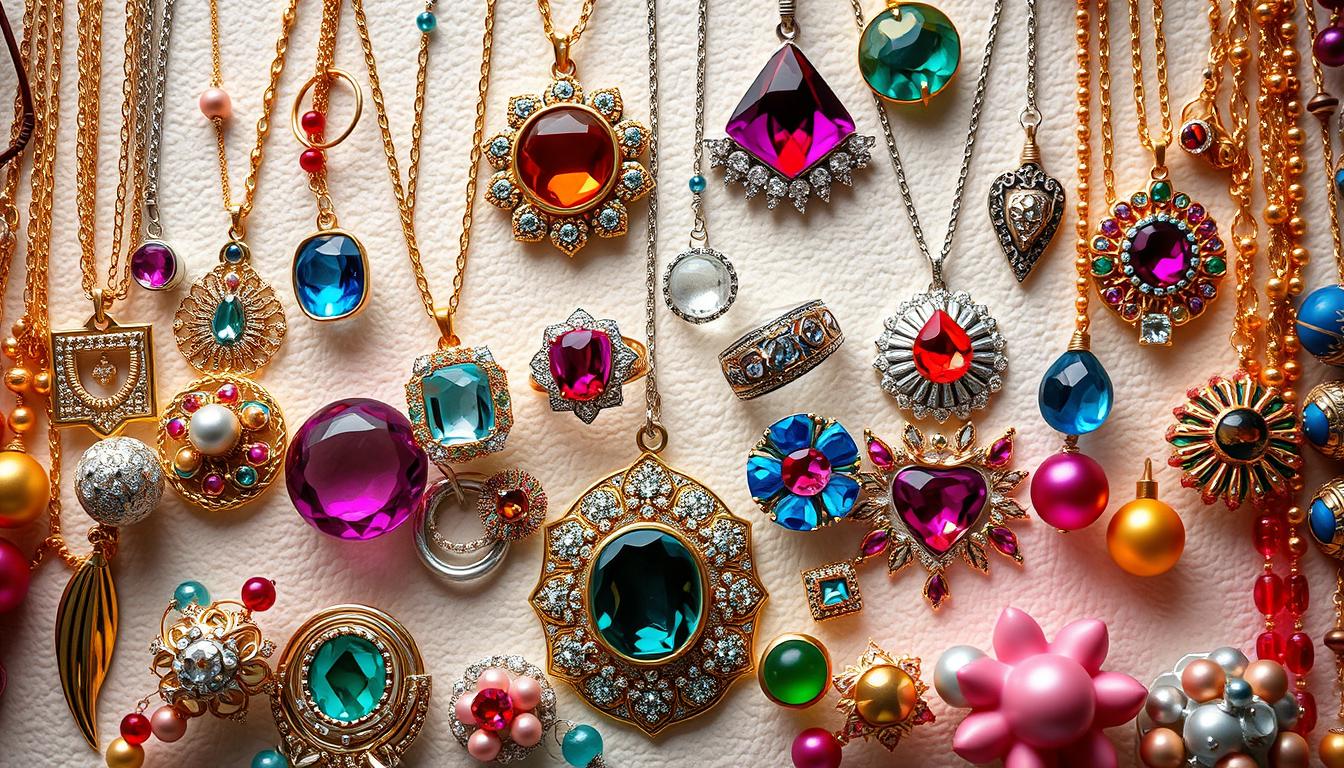Your clothes can greatly affect your success in the professional world. They help you make a good first impression and show your professionalism. This guide will teach you how to dress for success, from classic suits to modern business casual.
Professional clothes usually include suits, slacks, skirts, blazers, and dress shoes. The style you choose depends on your industry. But, the main idea is the same: dressing well shows you’re serious about your job. This guide will help you dress for success in any work setting.
Key Takeaways
- Professional attire is a crucial tool for personal branding and making a great first impression.
- Dress code expectations can vary across industries, from traditional suits to contemporary business casual.
- Well-tailored, conservative outfits communicate professionalism, while attention to personal grooming is also important.
- Understanding the psychology of clothing and color can help you make strategic choices for your professional wardrobe.
- Investing in versatile, high-quality pieces can help you build a professional wardrobe that works for a variety of settings.
Understanding the Importance of Dressing for Success
In the professional world, first impressions are key. Research shows that first impressions are made in just 7 seconds, with 55% based on how you look. This highlights the importance of power dressing and executive presence in impression management.
Dressing professionally can boost your job or deal chances by up to 65%. A survey found that 78% of clients see well-dressed professionals as more successful. Wearing the right clothes can also increase your self-confidence and performance by 88%.
Good body language and attitude can lead to better interactions by 70%. Companies are 75% more likely to attract customers or investors with professional-looking employees. Your clothes can greatly affect how you’re seen and how you perform in your professional environment.
Dress Code Basics
Workplace dress codes range from business professional to business casual. Business professional means a full suit, a pressed shirt, and dress shoes. Business casual is more relaxed but still professional, with slacks, button-down shirts, and polished shoes.
The Psychology of Clothing
What you wear can greatly affect your confidence and mood. Studies show that well-dressed people are more confident and respected. Feeling confident and respected sends a message that you’re worth listening to.
Clothes are often the first thing people notice. Wearing sloppy or overly casual clothes can suggest you don’t care or pay attention to details. Choosing the right outfit can improve your performance and help you reach your goals.
“The way you dress is a reflection of your attitude and how you want to be perceived. Your appearance can either open doors or close them, so it’s important to dress for success.”
Assessing Your Professional Environment
Dressing for success means knowing your work culture and dress code. Different jobs and industries have their own dress rules. It’s key to match your wardrobe to your field’s norms.
Corporate vs. Creative Industries
Corporate jobs usually mean formal corporate dress code. Think suits, button-downs, and simple accessories. Creative fields, however, welcome your personal style and industry-specific attire.
Dress Codes for Different Roles
Dress codes change with your job role. Jobs that need client meetings or high-level work call for formal attire. But, roles that are more behind-the-scenes might be okay with business casual.
Remote Work Attire
Remote work brings new fashion challenges. You need to be comfy but still look professional for video calls and meetings. Finding the right mix of comfort and style is key for a confident look.
Knowing your work’s dress code is vital for a polished image. Aligning your clothes with your industry and role can boost your success and make a great impression.
Building a Professional Wardrobe
Creating a professional wardrobe is key for success at work. Focus on buying versatile, quality pieces. These can be mixed to make many stylish outfits. Let’s look at the must-haves for a professional wardrobe and some affordable choices.
Key Pieces Every Professional Should Have
A good professional wardrobe has certain items:
- Women: 3-5 tops, 2-3 pairs of dress pants, 1 or more pencil skirts, 2-3 straight-leg jeans, 1 white button-down shirt, 1 fitted blazer/jacket, 1 functional handbag
- Men: 1 suit in black, navy, or grey, 1 dark fitted jeans, 3-5 dress shirts, 2-3 ties, fitted blazers/jackets
These basic items can be combined for many professional outfits.
Selecting Versatile Outfits
Choose items that can be mixed and matched. Neutral colors like black, navy, grey, and beige work well. They match with many tops, bottoms, and accessories. Look for well-fitting, quality clothes that can be dressed up or down.
Budget-Friendly Options
You don’t have to spend a lot to look professional. Check out thrift stores, sales at department stores, and university career closets. They offer affordable professional clothes. With some creativity and smart shopping, you can build a professional wardrobe without spending too much.
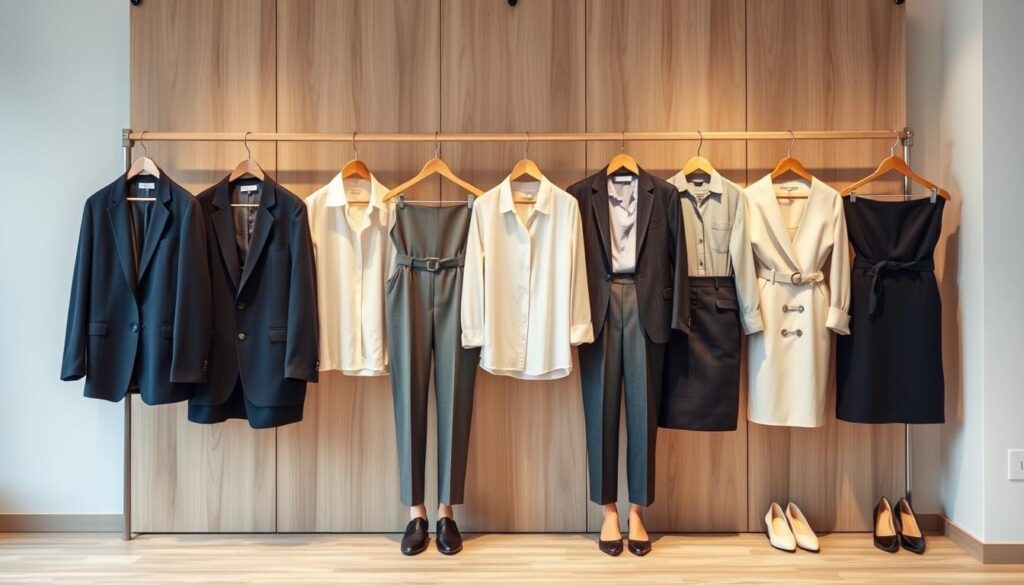
Investing in a few wardrobe essentials, versatile outfits, and budget-friendly professional clothing is important. It helps you look confident and put together at work.
Understanding Fit and Tailoring
Getting the perfect fit in professional clothes is key. Clothes that fit well make you look and feel better. Tailoring can turn regular clothes into custom pieces that show off your style.
Why Fit Matters
Clothes that fit right highlight your best features. They make you look polished and put together. Clothes that don’t fit can make you feel awkward and take away from your professional look. Tailoring can make your clothes fit your body perfectly.
Finding the Right Tailor
- Ask well-dressed people for good tailor recommendations.
- Look up reviews online to see if people are happy with the tailor’s work.
- Tell your tailor exactly what you want and need.
- Build a good relationship with your tailor. They will help keep your clothes looking great.
Alterations to Consider
There are many ways to improve how your clothes fit:
- Shortening pants, skirts, and dresses to the right length.
- Changing waistbands and seams for a better fit.
- Adjusting sleeve lengths for a balanced look.
- Fixing the fit of the shoulders, which is often the most detailed and expensive change.
Investing in tailoring can change your tailored suits, clothing alterations, and give you a professional fit. This boosts your look and confidence.
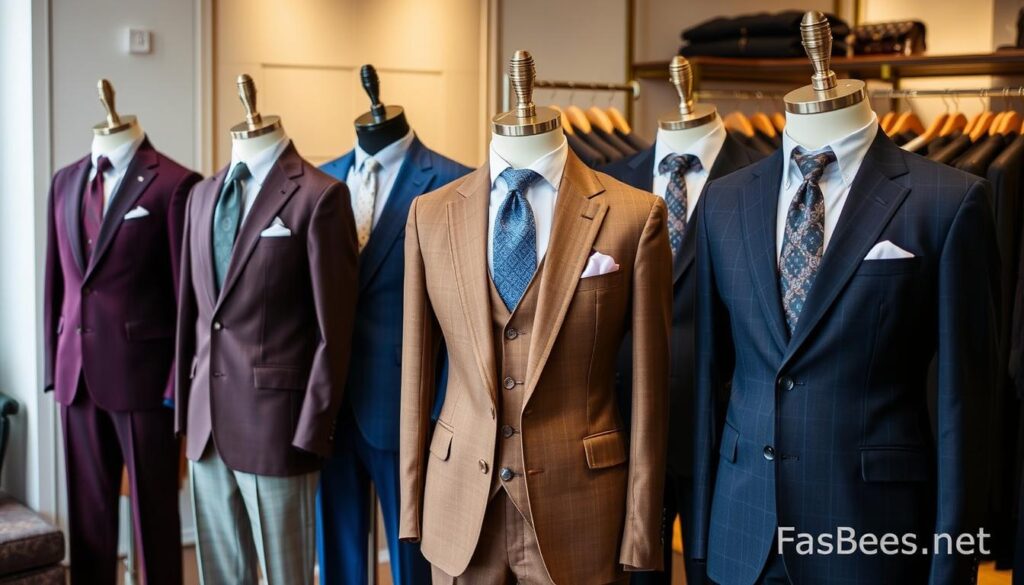
Choosing the Right Colors
Colors greatly affect how we feel and are seen in work settings. Picking the right colors can change how others see you. It’s key to know how colors work to look good and professional.
Color Psychology in Professional Settings
Studies show that what you wear at work matters a lot. The right clothes can make you feel more confident and part of the team. For example, soft colors in hospitals calm everyone down. Meanwhile, tech companies might go for brighter, more casual looks.
Neutrals vs. Bold Colors
Neutral colors like black and gray are safe choices for work. They show you’re serious and professional. But, adding bold colors like a blue tie or red blouse can show you’re friendly and excited. Feeling good in what you wear makes you more productive.
Seasonal Color Choices
Choosing colors that match the season keeps you looking fresh. For instance, wearing green and brown can help you connect with clients. Talking to a color expert can help you pick colors that match your career goals.
| Color | Professional Associations | Psychological Impact |
|---|---|---|
| Blue | Intellect, calmness, clear communication | Increases feelings of calmness and concentration |
| Black | Authority, sophistication | Associated with seriousness and leadership |
| Red | Warmth, strength, courage | Stimulates excitement and passion |
| Yellow | Positivity, creativity | Can lift spirits or induce feelings of depression |
| Green | Balance, harmony, growth | Fosters a sense of trust and approachability |
| Brown | Stability, dependability | Evokes feelings of reliability and trustworthiness |
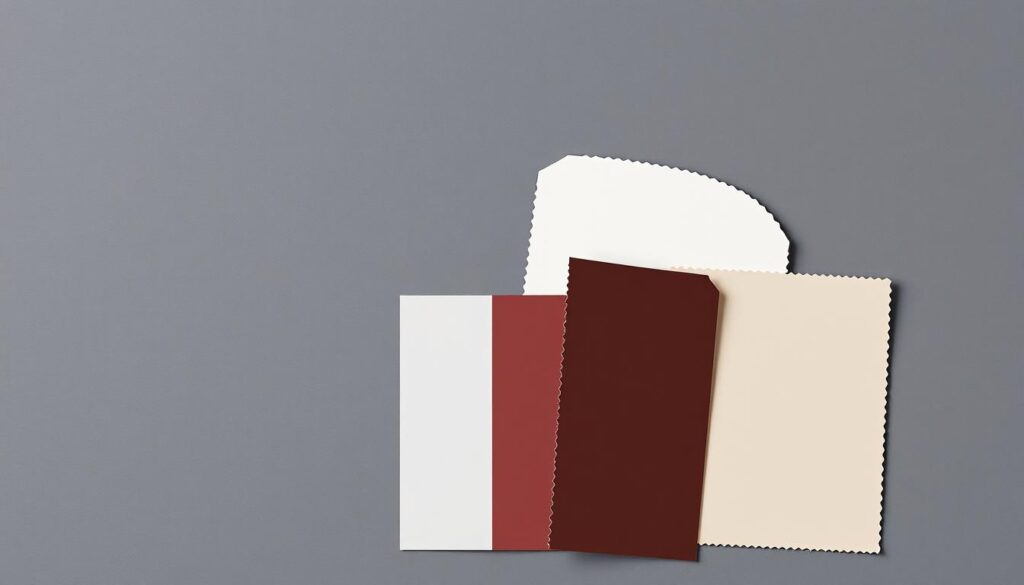
Knowing about color psychology helps you pick a professional color palette. This palette should show your style and improve your seasonal business attire and how you’re seen at work.
Accessorizing for Success
Accessories are key in professional attire. They enhance your look and show confidence. The right professional accessories and business jewelry can make a big difference.
Selecting Appropriate Accessories
It’s all about balance when accessorizing. You want to make a statement but stay professional. Avoid big, flashy items. Instead, choose pieces that add a touch without taking over.
- For men, keep jewelry simple, like a watch and a ring.
- Women should go for small earrings and a delicate necklace.
- Scarves, belts, and bags can add elegance, but make sure they fit your outfit.
The Role of Jewelry
Jewelry can greatly impact your professional image. The Forever One Moissanite Square Bezel Twist Ring is a great example. It’s bold yet elegant, fitting well with many outfits.
“What we wear can influence how others see us and shape how we see ourselves, affecting our thoughts and judgments.” – Karen Pine, Fashion Psychologist
Footwear that Complements
Appropriate footwear is crucial for a professional look. Stick to closed-toe shoes like heels or oxfords. Make sure they’re clean, well-maintained, and comfy for long days.
| Shoe Style | Pros | Cons |
|---|---|---|
| Closed-Toe Heels | Sophisticated, Elongate Legs | Potential Discomfort, Difficult to Walk in |
| Oxfords | Comfortable, Versatile | Less Formal than Heels |
Choosing the right professional accessories, business jewelry, and appropriate footwear can boost your professional image. It shows confidence, competence, and success.
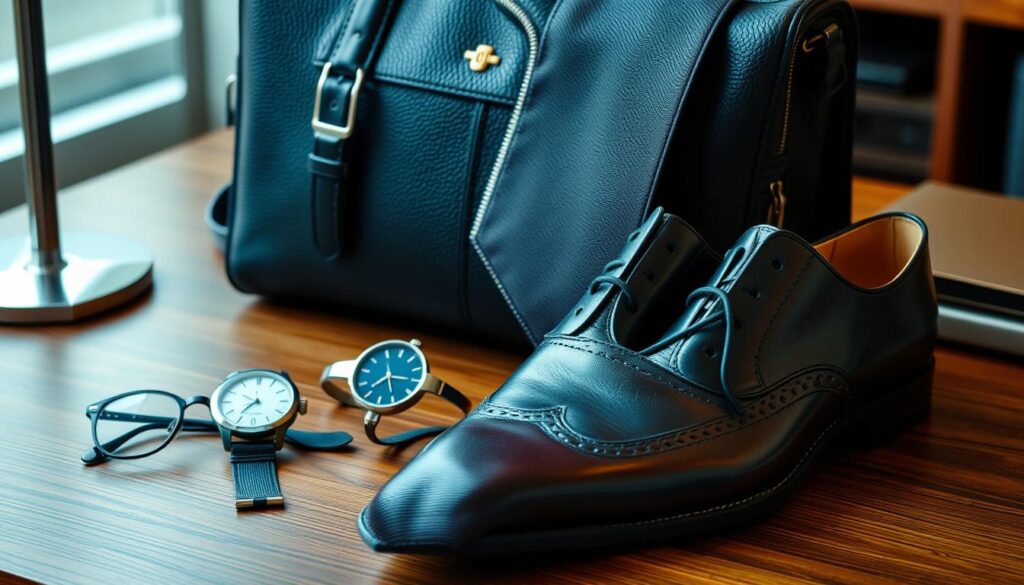
Dressing for Interviews
Your appearance is key to acing a job interview. Before you go, learn about the company culture and what to wear. This helps you make a great first impression.
Researching Company Culture
Look up the company online and on social media. This will give you an idea of their dress code and work environment. It helps you pick the right interview outfits for a professional look.
Outfit Ideas for Different Industries
For most jobs, a conservative suit in black, navy, or gray is best. Women should wear skirt suits that are knee-length or a bit shorter. Also, skip strong perfumes or colognes to avoid distractions.
In creative fields, you can show your style a bit more. But, still keep it professional. Choose well-fitted clothes and use company culture research to guide your choices.
Tailoring Your Look
Make sure your clothes fit well for a polished look. Get your interview outfits tailored to fit your body shape. This will help you look confident and put together.
By researching the company, picking the right interview outfits, and tailoring your look, you’ll impress at your job interview.
Maintaining Your Professional Attire
Keeping your professional wardrobe in top shape is crucial for career success. [https://blog.hubspot.com/marketing/business-professional-attire] Proper clothing care helps your outfits last longer. This ensures you always look your best.
Rotate your suits and hang them up right after wearing to avoid wrinkles. Use a clothes brush for quick cleaning between wears. Steam your suits instead of ironing to prevent damage.
Staying organized is vital for professional wardrobe organization. Organize your closet by type and occasion. This makes it easy to find the right outfit for any event.
When it’s time for wardrobe updates, get new items if your old ones are worn out or don’t fit. With a bit of care and attention, your professional attire will stay sharp and polished.
Caring for Clothing
- Rotate suits and hang them up immediately after wearing
- Use a clothes brush for quick cleaning between wears
- Steam suits instead of ironing to avoid damage
- Dry clean suits only when necessary
Organizing Your Wardrobe
- Arrange your closet by clothing type and occasion
- Keep professional attire easily accessible
- Maintain a well-organized, clutter-free space
When to Invest in New Pieces
Get new professional pieces when your current ones are worn out or don’t fit. A versatile, high-quality wardrobe shows confidence and competence at work.
“Dressing for success is about more than just appearances – it’s about projecting confidence and competence.”
Confidence Boost Through Dressing
Your outfit choices can really affect how confident you feel. Wearing clothes that make you feel good can boost your self-assurance. It’s not just about following a dress code. It’s about picking outfits that empower you and make you ready to take on the day.
Dressing for Your Body Type
Finding clothes that flatter your body shape is important. Whether you’re curvy, petite, or athletic, there are body-positive professional wear options for you. Wearing clothes that fit well and highlight your best features can greatly improve your self-esteem.
The Power of Grooming
Good grooming for success can enhance your professional look and confidence. Keeping your hair neat, nails clean, and makeup subtle can make a big difference. Looking put-together shows confidence and competence.
Studies show that what we wear affects our mindset and performance. By choosing confidence through clothing, you can harness the power of “enclothed cognition.” Dressing well is an investment in your career and well-being.
“Clothes aren’t going to change the world, but the women who wear them will.” – Diane von Furstenberg
| Clothing Trait | Impact on Confidence |
|---|---|
| Well-Fitted Clothing | Enhances appearance and self-esteem |
| High-Quality Fabrics | Conveys professionalism and attention to detail |
| Appropriate Colors | Evokes desired emotions and behaviors |
| Proper Grooming | Completes the professional look and boosts confidence |
Final Tips and Tricks
As you move through the changing world of professional style, always aim to be a bit ahead. Dress a notch more formally than what’s expected to leave a strong impression. Mix your personal style with a polished look to stand out and show your unique brand.
Embracing Your Personal Style
It’s okay to follow dress codes, but let your style show too. A bold accessory or a well-tailored outfit can add a personal touch. Dressing well is about showing who you are and building your brand.
Networking Through Fashion
Your clothes can start interesting conversations at networking events. Keep up with the latest in professional fashion. Talking about someone’s outfit or asking about their style can break the ice and lead to connections.


